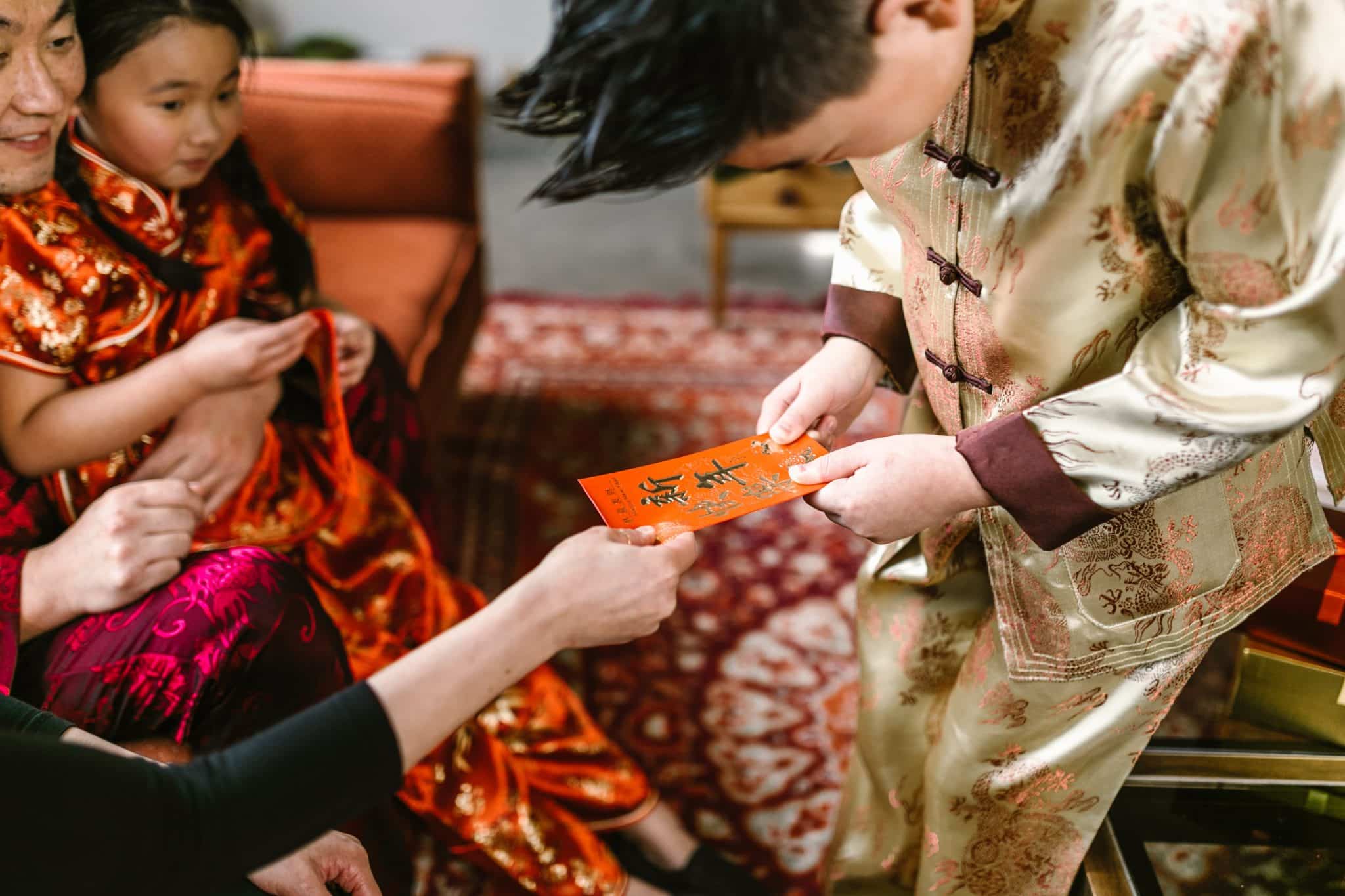Connecting the dots on Good Friday
Via IMPACT Magazine
Rev Dr David W F Wong // March 26, 2021, 11:09 am

"Our present is safe because our past is secure and our future is certain," says Rev Dr David Wong. Photo by Kelly Sikkema on Unsplash.
We all live in time. We have a past, a present and a future. Some of us have more years in the past than we have in the future. Others have more years in the future than in the past.
As believers in Jesus, we have a glorious legacy from the past. We also have a glorious prospect in the future.
Whichever we may be, we all live in the present, bracketed by our past on the one hand, and our future on the other.
As believers in Jesus, we are blessed indeed. We have a glorious legacy from the past. We also have a glorious prospect in the future. We are reminded of this each time we take part in the Lord’s Supper or Holy Communion.
We hear the words of Jesus, “this do in remembrance of me” (Luke 22.19).
We also heed the words of the apostle Paul: “For as often as ye eat this bread, and drink this cup, ye do show the Lord’s death till he come.” (1 Corinthians 11.26, KJV).
We look back to Jesus’ death, and we look forward to His coming again.
Beyond time
Our God is above time and beyond time. He is not limited by time, nor is He trapped in time.
All He does is consistent through the span of human history; all the dots He imprinted in history can be connected.
Unlike us, He is sovereign over time and dwells in eternity. He does not change with time, and what He does is consistent through the span of human history from beginning to the end. Hence, all the dots He imprinted in history can be connected.
When Jesus instituted the Lord’s Supper in Luke 22, and when we observe it today, the communal meal reminds us of the Passover of Exodus 12. It also looks forward to the Marriage Supper of the Lamb in Revelation 19 — events which are thousands of years apart.
God is not bound by time. What He does at one point of history is consistent with what He does at another point of history. The three events – the Passover, the Last Supper and the Marriage Supper of the Lamb – represent the unfolding of God’s purpose for humankind.
They all point to the divine grand plan of rescue and redemption.
Participants, not observers
The three events have a few things in common. Firstly, they invite us to be participants, not spectators. The children of Israel took part in the Passover meal. The disciples of Jesus took part in the Last Supper. We will take part in the wedding feast of the Lamb.
We see the lamb, we smell the wine, we taste the bitter herbs, we feel the wedding dress. We are immersed.
Each is a picture of what God is doing. We learn best when a picture is presented to us. We learn best when we are involved in an activity. As we are often told: “I hear and I forget. I see and I remember. I do and I learn.”
Today, more than ever, we are visual people. The computer revolution, the digital revolution – together with iPhone, CGI, Windows icons, HD TV – they have made us all increasingly visual people. We learn best when we see images, whether on paper, on screen, or in our minds.
So, God lets us see something. The Passover has the lamb, the bitter herbs, the unleavened bread. The Last Supper has the bread, the cup. The Marriage Feast has a bride all dressed up for the bridegroom.
Not only does God let us see, He also lets us participate. We learn best when we do. Increasingly, learning is becoming activity-based. From pre-school to post-graduate, we learn best when we not only hear about it, see it, but do it.
So the Passover, the Last Supper and the Marriage Feast are all participatory events. We do not stand and watch, we are part of the event.
And all the senses of our human body are involved. We hear the words of Jesus, we see the lamb, we smell the wine, we taste the bitter herbs, we feel the wedding dress. We are immersed in the events. That is one common thread running through the three events.
The Lamb that was slain
Secondly, the three events all feature a lamb.
In Exodus, a lamb is killed and its blood smeared over the doorways of the house where the meal is eaten. At the Last Supper, the host is Jesus, the lamb which takes away the sins of the world. At the Marriage Feast, the bridegroom is called the Lamb. In fact the feast is known as the Marriage Supper of the Lamb.
Each time the lamb is mentioned, it is one that has been slain, whose blood has been shed.
Blood is not something we naturally like. I once thought I could become a medical doctor. It was my father’s ambition for me. However, I learned very quickly that I was not cut out to be a doctor.
We are reminded that, in each case, blood is shed by a lamb to make us participants.
When we had to dissect animals to study their insides, I could not take it. I could not take the sight of blood. But God chose to communicate through blood, the blood of an innocent animal slaughtered at the prime of its life.
Scriptures makes it clear that sin demands a penalty, and that penalty must be paid in blood. Without the shedding of blood there can be no forgiveness of sin.
The Passover made an indelible mark on the people of Israel because of the blood of the Passover lamb. Its blood over the doorways kept them safe. Or else sudden death would have been their fate. No one was spared except those made safe by the blood of a lamb.
At the Last Supper with His disciples, Jesus made clear to them that it is His body that would be broken and His blood that would be shed – that would absolve them from the penalty of sin. The blood would seal the new covenant where the grace of God would prevail when our righteousness could not measure up.
The Gospel is the good news of grace. What we could not do, the Lamb of God did.
One day, at the Marriage Supper, Jesus would come for His bride – those He bought His own blood – and take her to Himself. It will be an occasion of great rejoicing: “Let us rejoice and exult and give him the glory, for the marriage of the Lamb has come, and his Bride has made herself ready …” (Revelation 19.7, ESV).
It is interesting that the final union between Christ and the Church is not described as the feast of the King or the Lion – but the feast of the Lamb.
God wants to make a point, even to the very end, that it was blood that bought us. It was the blood of a lamb. Blood is the price paid, and paid by someone as innocent and pure as a lamb. From beginning to end, the good news of the Gospel is the good news of grace. What we could not do, the Lamb of God did.
Not only are we invited to be participants in the Passover, the Last Supper, and Marriage Supper, we are reminded that, in each case, blood is shed by a lamb to make us participants.
He will bring to completion
Finally, the three events bring together the three time dimensions of the past, the present and the future. Our God is not only a God who is sovereign over time, He is a God is thorough over time.
What He begins, He brings to completion. What He began at the Passover meal, he brings to completion at the Marriage Supper of the Lamb.
The Christian faith can deal with any present challenge because it has a past to fall back on and a future to look forward to.
Of course, the pivotal point was the cross which the Last Supper symbolised: The body broken, the blood shed.
As believers in Jesus, we have both a glorious past and a glorious future. We have a past to cherish, and a future to anticipate. Good Friday is only part of a bigger picture. When Jesus died on the cross on Good Friday, it was not something new. It had been anticipated for over a thousand years, by the Passover meal.
When Jesus died on the cross on Good Friday, it was not the end – it was only the beginning of something that would culminate at the Marriage Supper of the Lamb.
Our faith is rooted in the past, yet not imprisoned in it.
There are some faiths that look only to the past. They are full of traditions to be preserved and observed. Their beliefs are not capable of facing the challenges of the present or of the future, so they hark back to the past.
On the other extreme are faiths that look only to the future. They have no interest in the past and no hope for the present. They are simply waiting for something that would come in the future, a kind of “a pie in the sky when I die.”
When Jesus died on the cross, it was the beginning of something that would culminate at the Marriage Supper of the Lamb.
Again, such beliefs cannot cope with the challenges of the present, so they long to escape from them to some future utopia.
But the Christian faith is different: It has a past to fall back on, and a future to look forward to. As a result, it can deal with any challenge in the present.
Each time I hear the words spoken at the Lord’s Supper – “this is my body which is broken for you” or “this is the blood of the new covenant, shed for the forgiveness of sin”— I think back to the past, to Jesus at the last supper, to Moses and the Passover meal.
I also think forward to the Marriage Supper of the Lamb, for we are remembering what Jesus told us to do “till He comes”.
The past reassures me that Jesus’ death on the cross has completed the work of salvation. The future reassures me that He will return one day to take me home with Him. Our present is safe because our past is secure and our future is certain.
This was first published on IMPACT Magazine and has been reproduced here with permission.
RELATED STORIES:
It is finished: Do tough times challenge the “good” in Good Friday?
We are an independent, non-profit organisation that relies on the generosity of our readers, such as yourself, to continue serving the kingdom. Every dollar donated goes directly back into our editorial coverage.
Would you consider partnering with us in our kingdom work by supporting us financially, either as a one-off donation, or a recurring pledge?
Support Salt&Light



